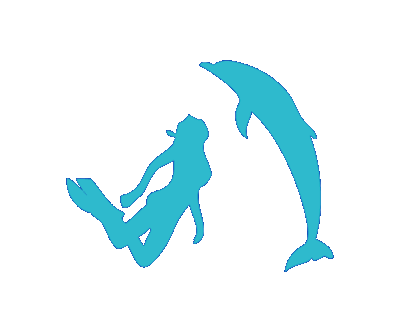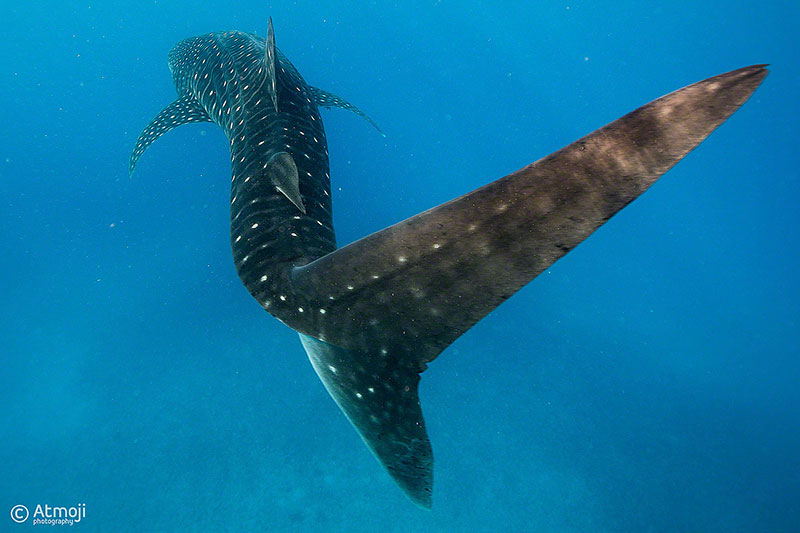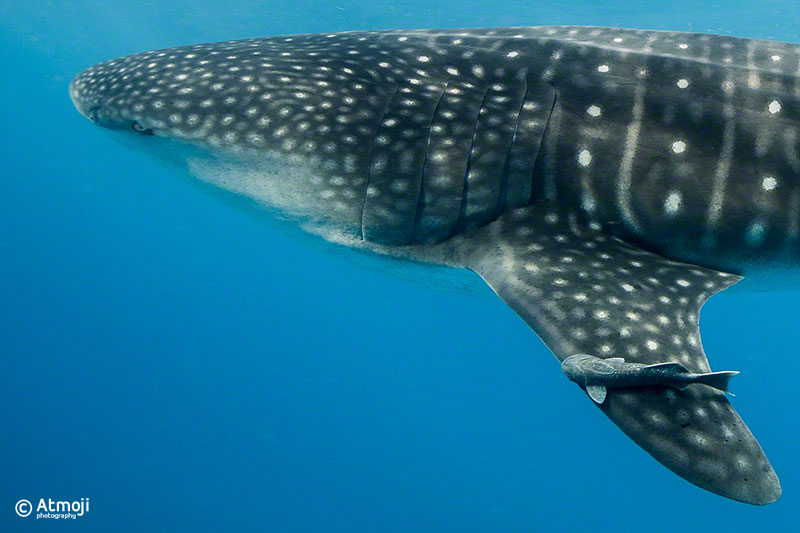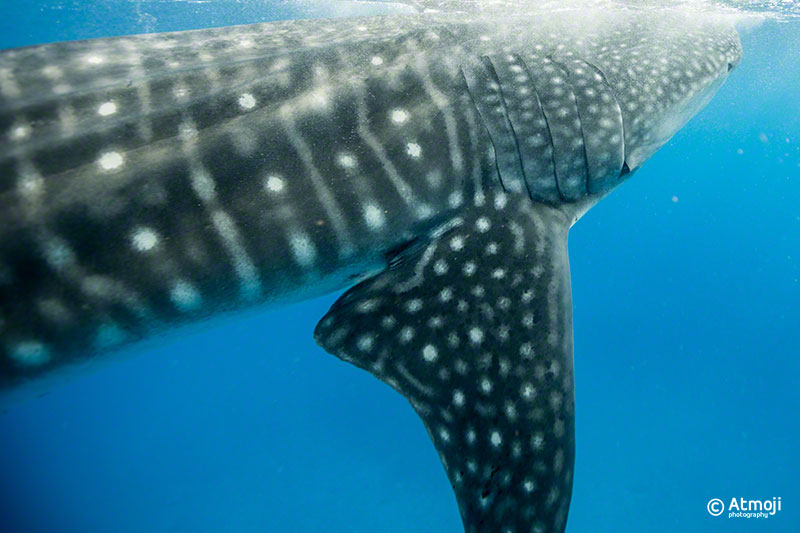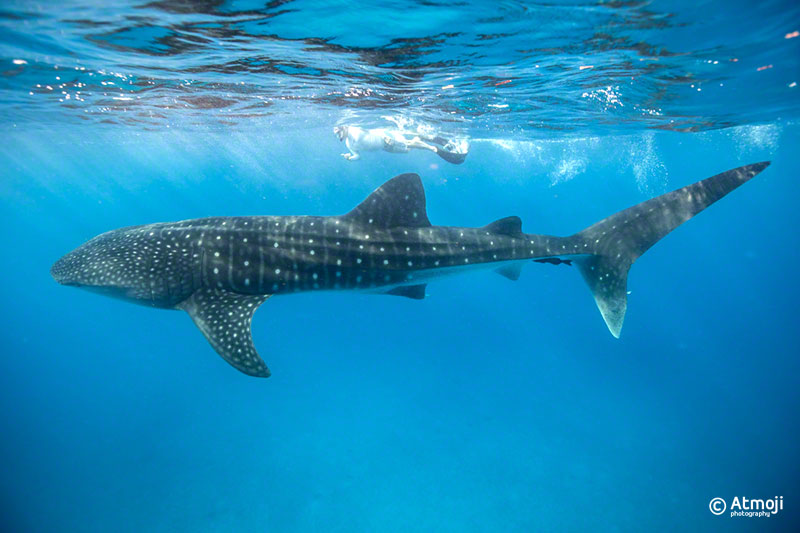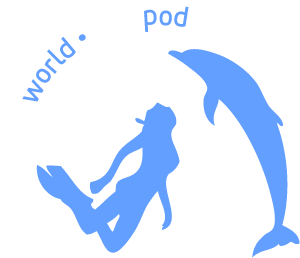Oceanic Royalty
Suddenly, there he was. Literally out of the blue. All 25ft of him. A whale shark showed up on DolphinQuest’s bow. We jumped in quickly enough to have a swim and he slowed and stayed a while with us. These magestic beings filter small prey (including plankton, krill and small fish) through their mesh-like gills.
It’s the first time in 18 years we’ve seen one. It was amazing, awe-inspiring and very humbling to be in the water with this gentle giant.
On the longest day of the year, we had the privilege of meeting the biggest fish in the world: a Whale Shark (Rhincodon typus)!
Whale Sharks can grow to 60 feet (18 meters) long and weigh up to 70,000 lbs (roughly 32,000 kilos)!
They’re called “whale” because they’re big, but they’re not mammals — as dolphins and true whales are. They are called Carpetsharks because of their ‘carpet-like’ markings. And they give birth to live young, averaging 12-16 pups per litter, each about 2 feet (60 cm) long.
Fun fact: the Nurse Sharks we commonly see around Bimini are in the same Carpetshark order too. What do they have in common? Mouths in front of their eyes, sensory attachments called barbels near their nostrils and two spineless fins on their back (or dorsal side).
Usually seen on the ocean’s surface far from shore, these whale shark beauties thrive in warm tropical oceans. 75% live in Indo-Pacific waters, they range in the Atlantic Ocean from New York to Brazil.
Adults may live 60 to 100 years, with few natural predators… but are sometimes accidentally caught by commercial fisheries, and intentionally caught as a human food source in countries such as the Philippines.
The International Union for Conservation of Nature and Natural Resources (IUCN) listed Whale Sharks as Endangered as recently as 2016.
Whale Shark sighting by WildQuest – new individual tagged on WhaleShark.org as CRB-021.
